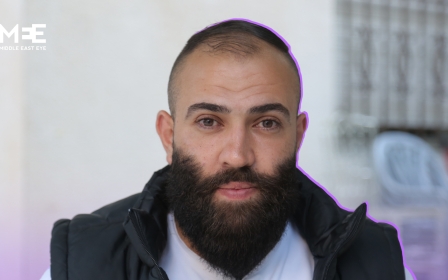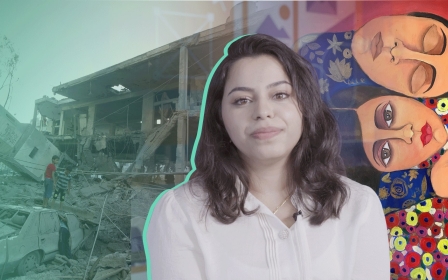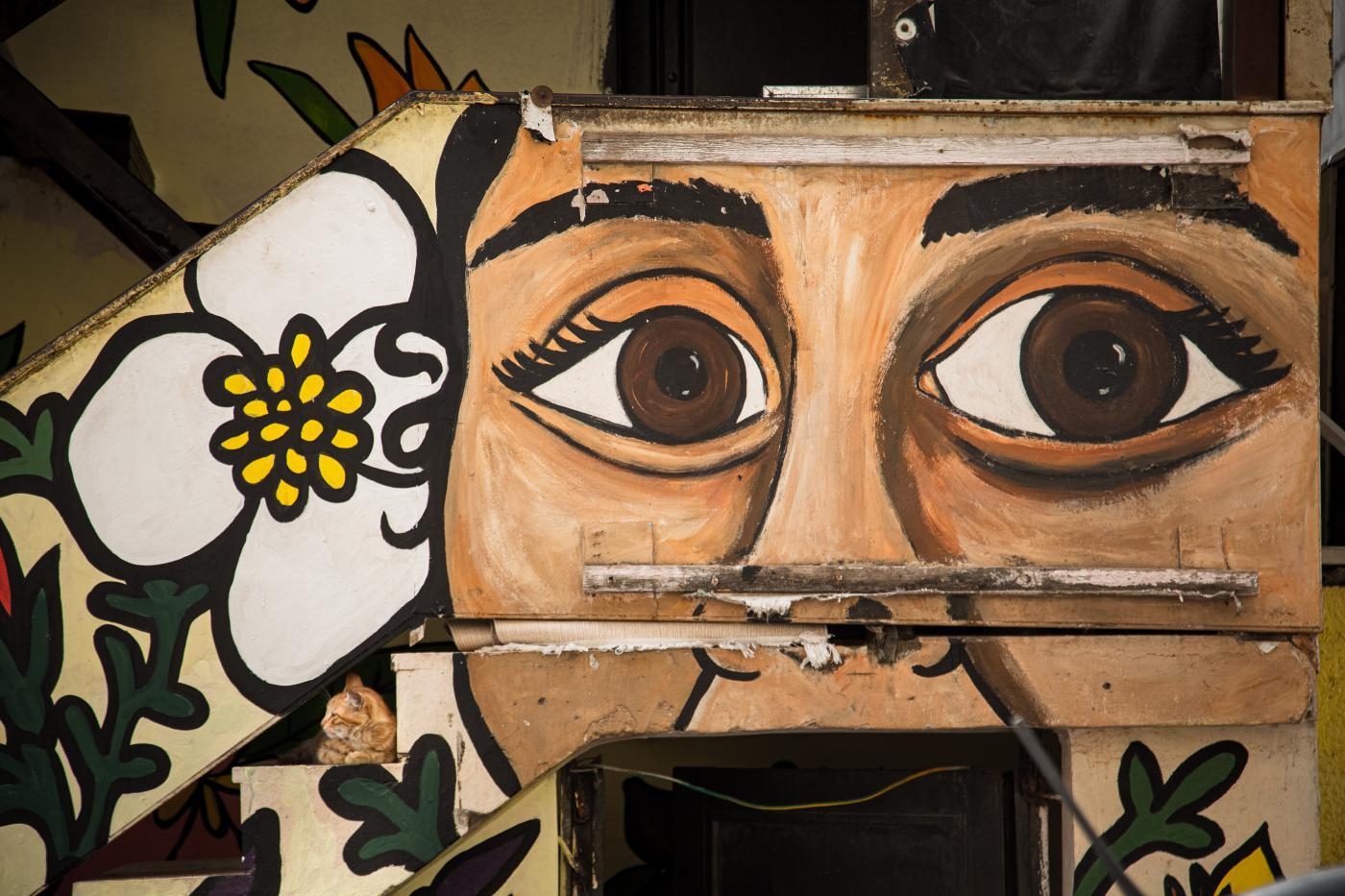
In pictures: Jerusalem murals turn eyes to ongoing dispossession of Palestinians

A series of large murals fill the walls of East Jerusalem’s Silwan neighbourhood, reminding residents and the world of the Palestinian plight in the Israeli-occupied city.
The images of eyes, which tower above the city, are designed to turn attention to the ongoing threat of displacement facing thousands of Palestinians in the city.
“The staring eyes say to people that we see them and they should see us too,” says Jawad Siyam, director of the Madaa-Silwan Creative Center, who co-launched the mural project with US-based Art Forces.
“We want to say that we are here - we love our land and our home.”
(All photos by Latifeh Abdellatif/MEE.)
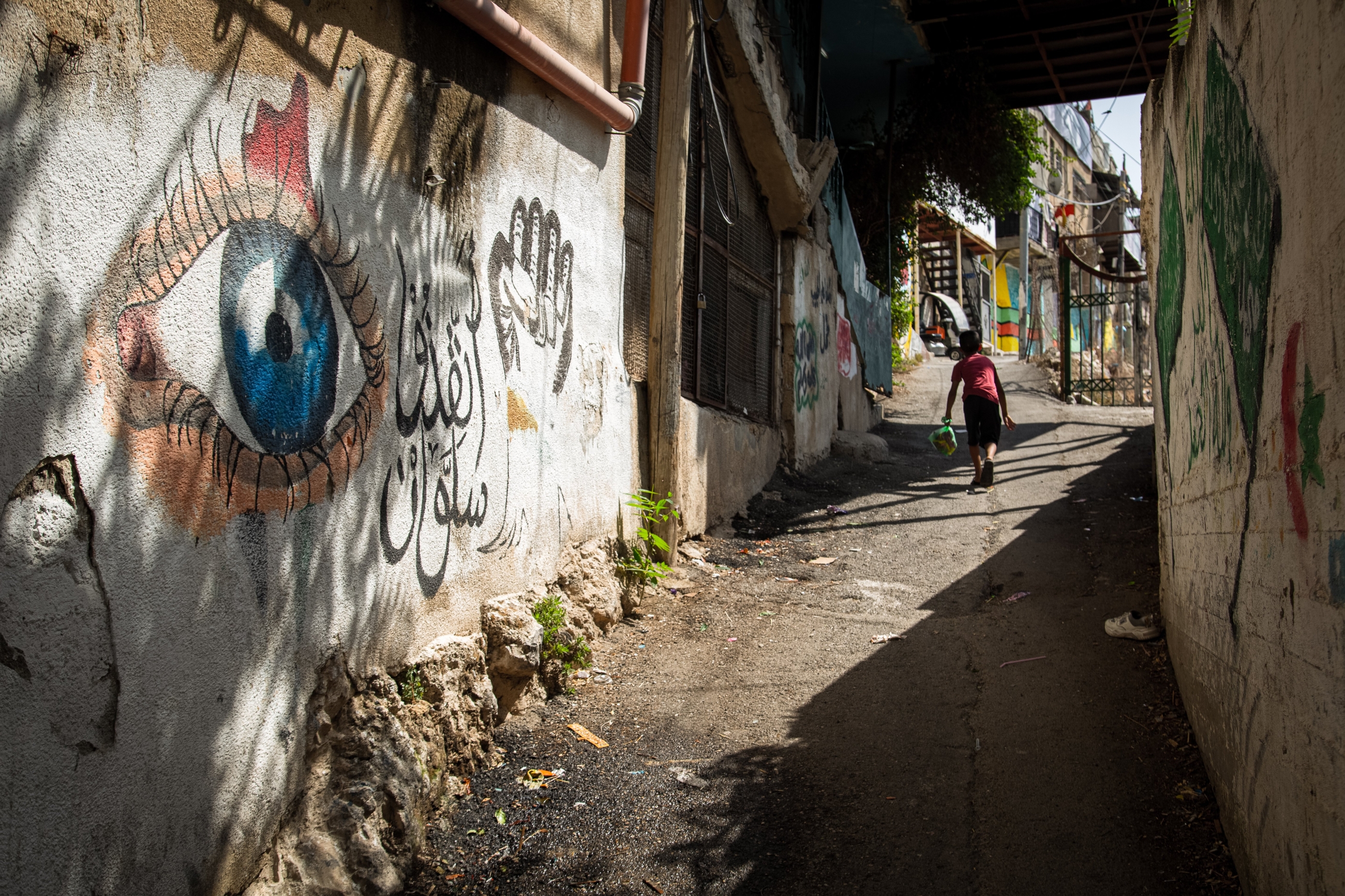
International and Palestinian artists have taken part in the initiative, titled I Witness Silwan, painting a range of murals in the Ein al-Loza, Wadi Hilweh and Batn al-Hawa neighbourhoods of Silwan.
“We’re creating murals in the neighbourhood as a form of resistance,” Chris Ghazeleh, a Palestinian-American contributing artist, who came from San Francisco, told Middle East Eye.
“The eyes are watching the occupation. We are keeping our eyes on them and the settlers, letting them know that Palestinians are here and they are not going anywhere.”
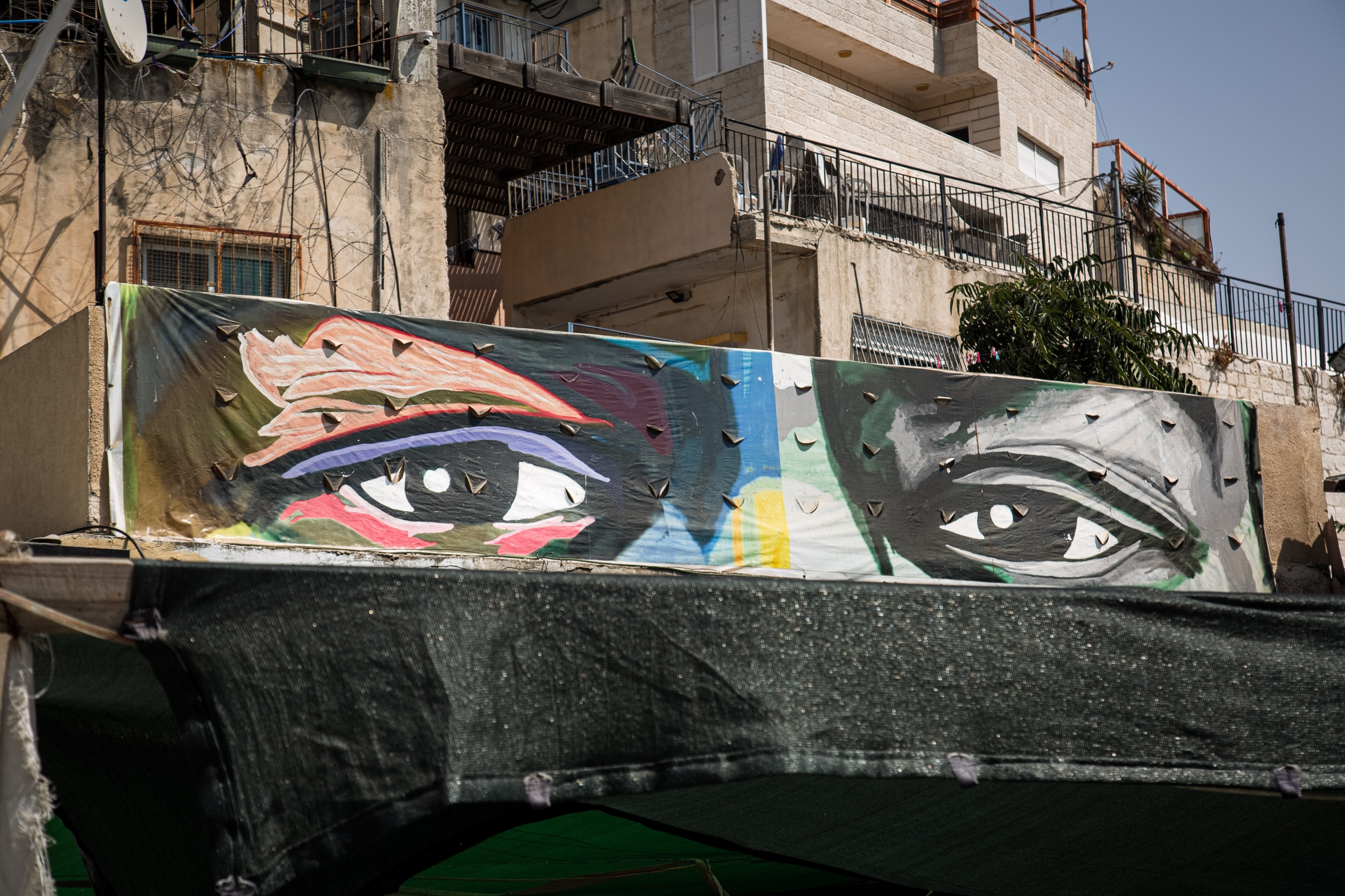
Since its launch in 2015, the campaign has filled about 2,000 feet of walls, with each mural ranging in length between 20-40 feet high.
Some murals depict the eyes of public figures – like George Floyd, Rachel Corrie and Iyad al-Halak – while others highlight Palestinian flowers and symbols.

The range of people depicted in the paintings was carefully selected, according to Jenan Maswadeh, an artist and member of the I Witness Silwan team.
“The eyes represent Palestinian personalities who resist and who are exposed to oppression and racism, while some international personalities are also exposed to racism and oppression,” Maswadeh told MEE.
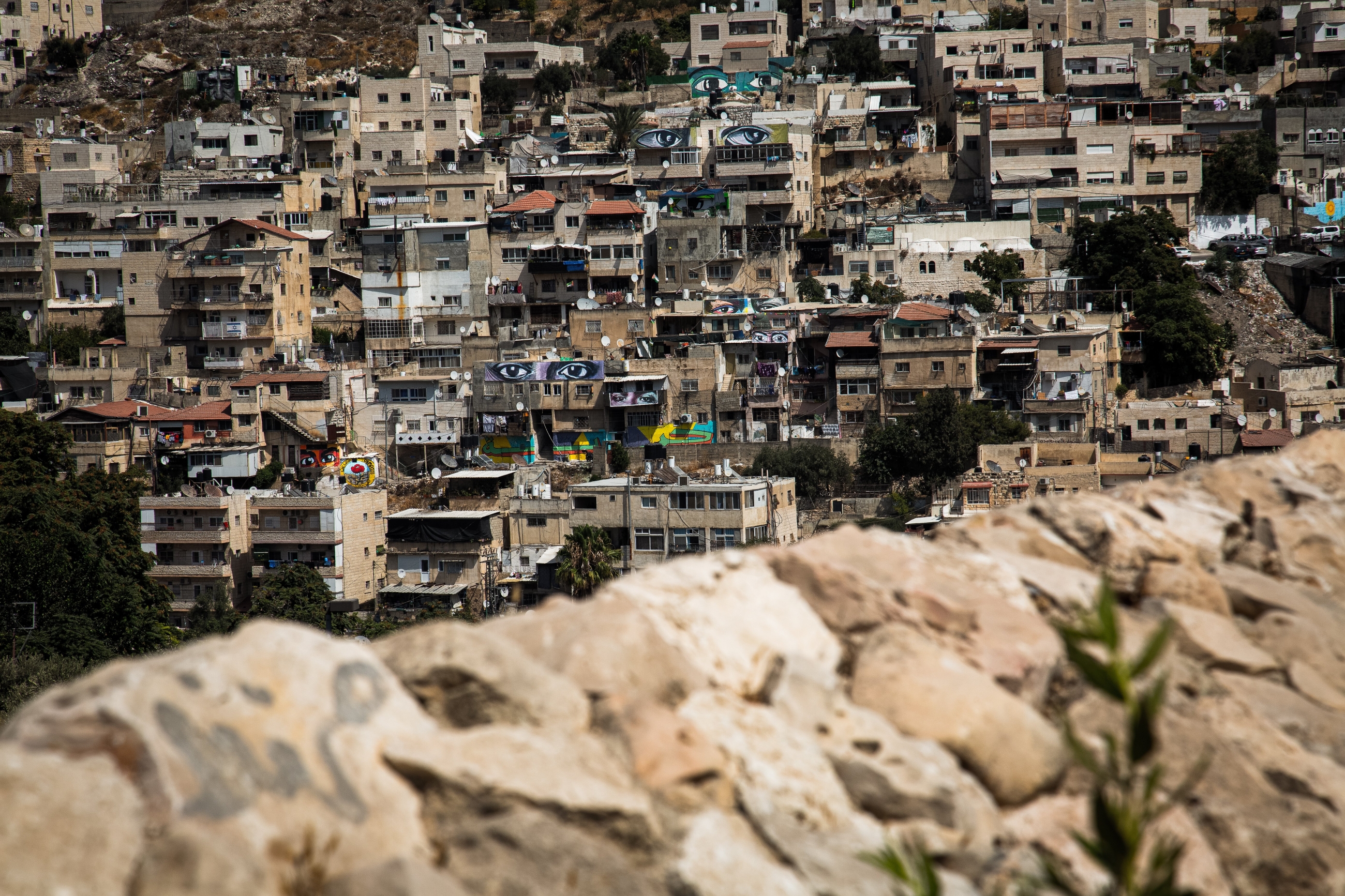
Silwan, home to more than 60,000 Palestinians, is strategically located south of the Al-Aqsa Mosque in Jerusalem’s Old City.
Many Palestinians refer to Silwan as the "Guardian of Al-Aqsa", recognising the city's importance in maintaining a direct connection to the revered mosque.
The murals are seen by many locals as an artistic form of resisting settler expansion in the area, which has been growing steadily for decades through various government-funded settler groups.
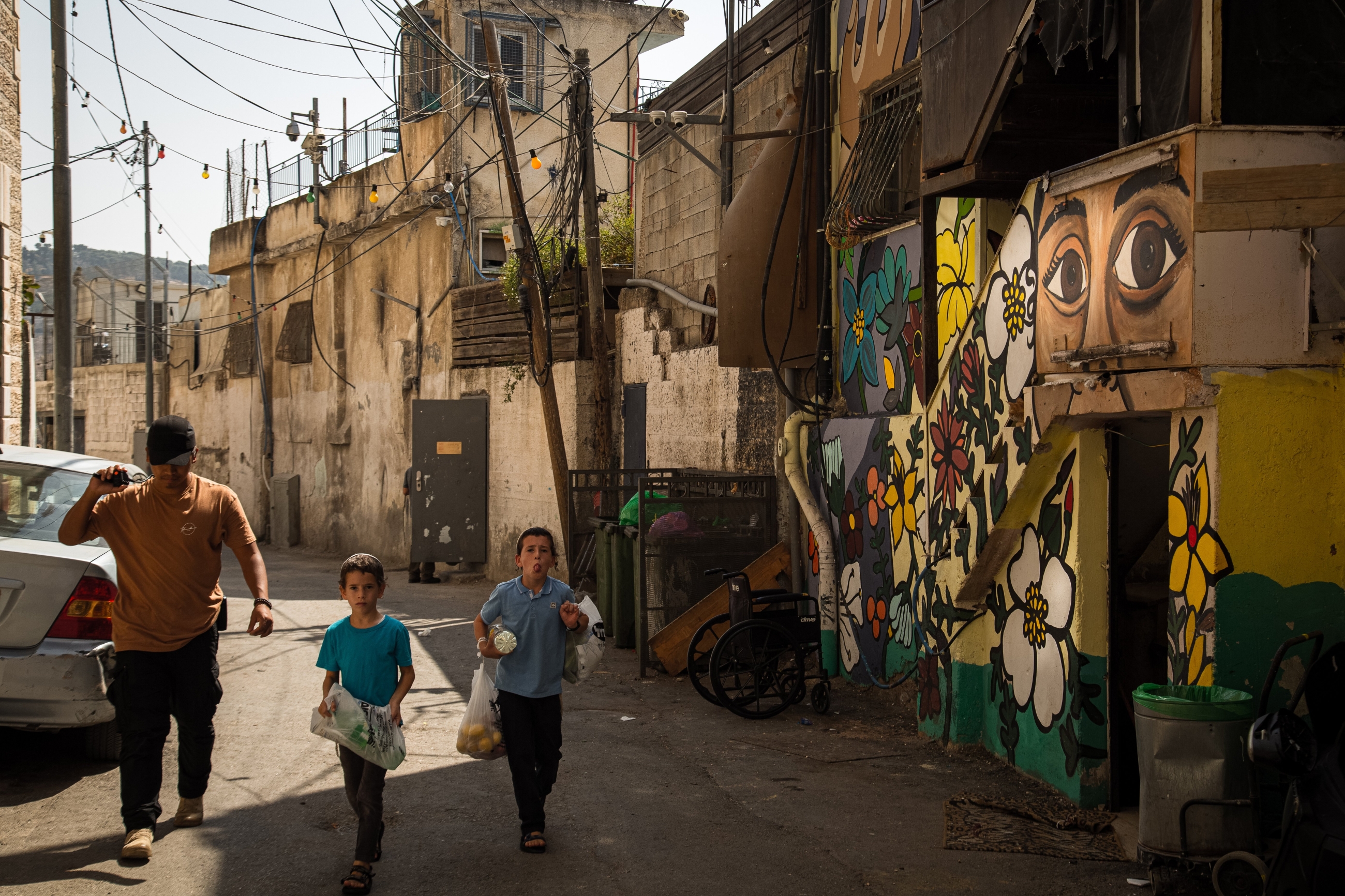
Around 1,000 Israeli settlers live among Palestinians in Silwan and are often heavily armed and protected by Israeli forces.
“Our life here in Silwan is difficult because it's not very safe. Children are not living their childhoods as they should be,” said Maswadeh. “There's a Palestinian house and next door is a settler, and the settlers are always armed with guns.”
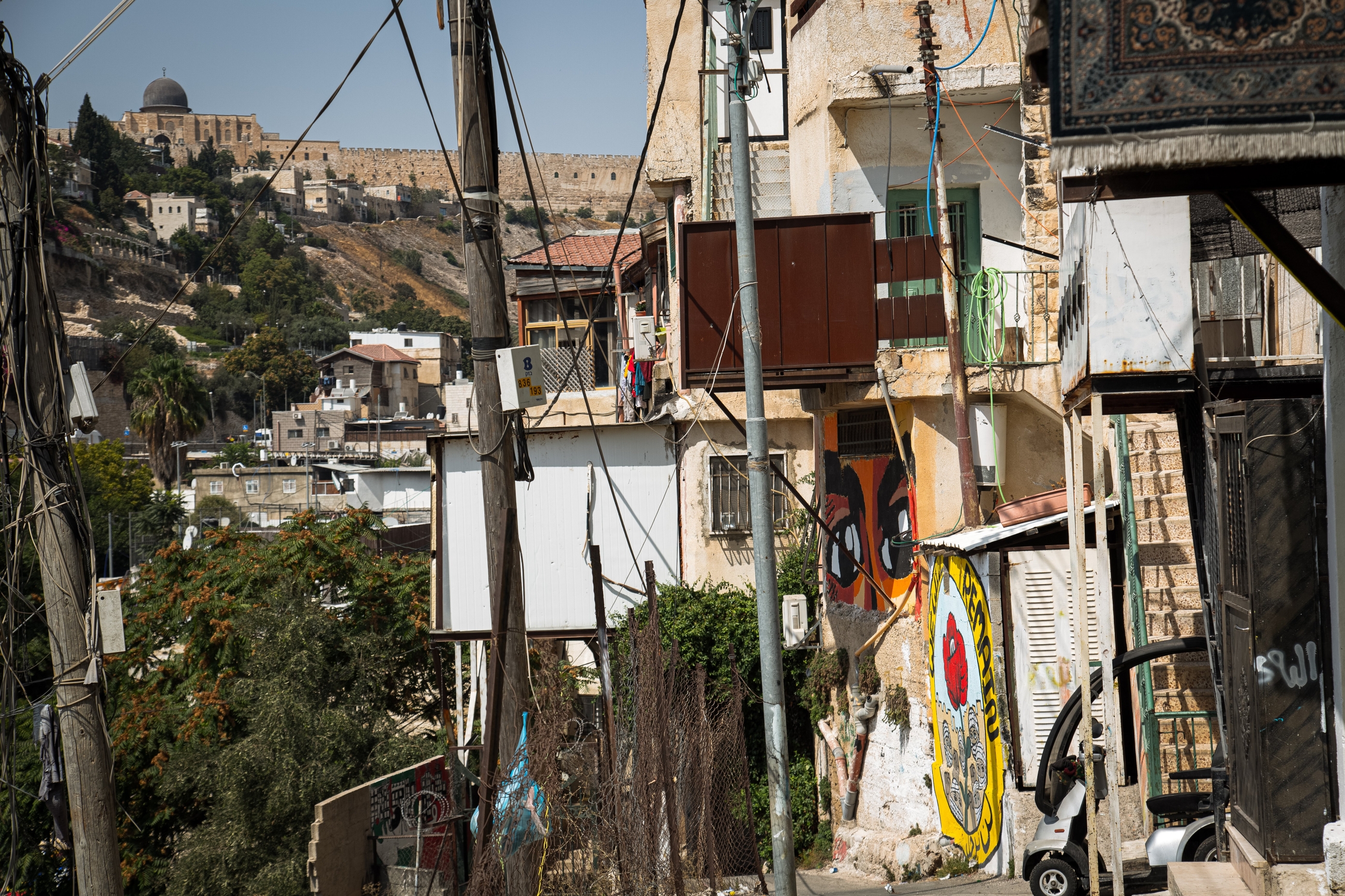
Due to its proximity to the Old City, Silwan has also been targeted by the Israeli-run Jerusalem municipality, which is seeking to build a string of tourist parks, themed around biblical stories and figures, in the neighbourhoods of al-Bustan, Wadi al-Rababa, Batn al-Hawa and Wadi Hilweh.
Silwan spans over 5,600 dunams (around 1,380 acres), including the neighbourhoods of Ras al-Amud, Al-Bustan, Wadi Hilweh, Wadi al-Rababa, Wadi Qaddum, Ein Al-Lawza, Batn al-Hawa, Al-Hara Al-Wusta, and Wadi Yasul.
The murals have resonated deeply with residents of the city.
"When I'm playing with my cousins, the [Israeli] police harass us. And these murals make us feel better. We love the murals; they help us to showcase our energy and we have fun with them," one child, Yousef al-Rajabi, told Middle East Eye.
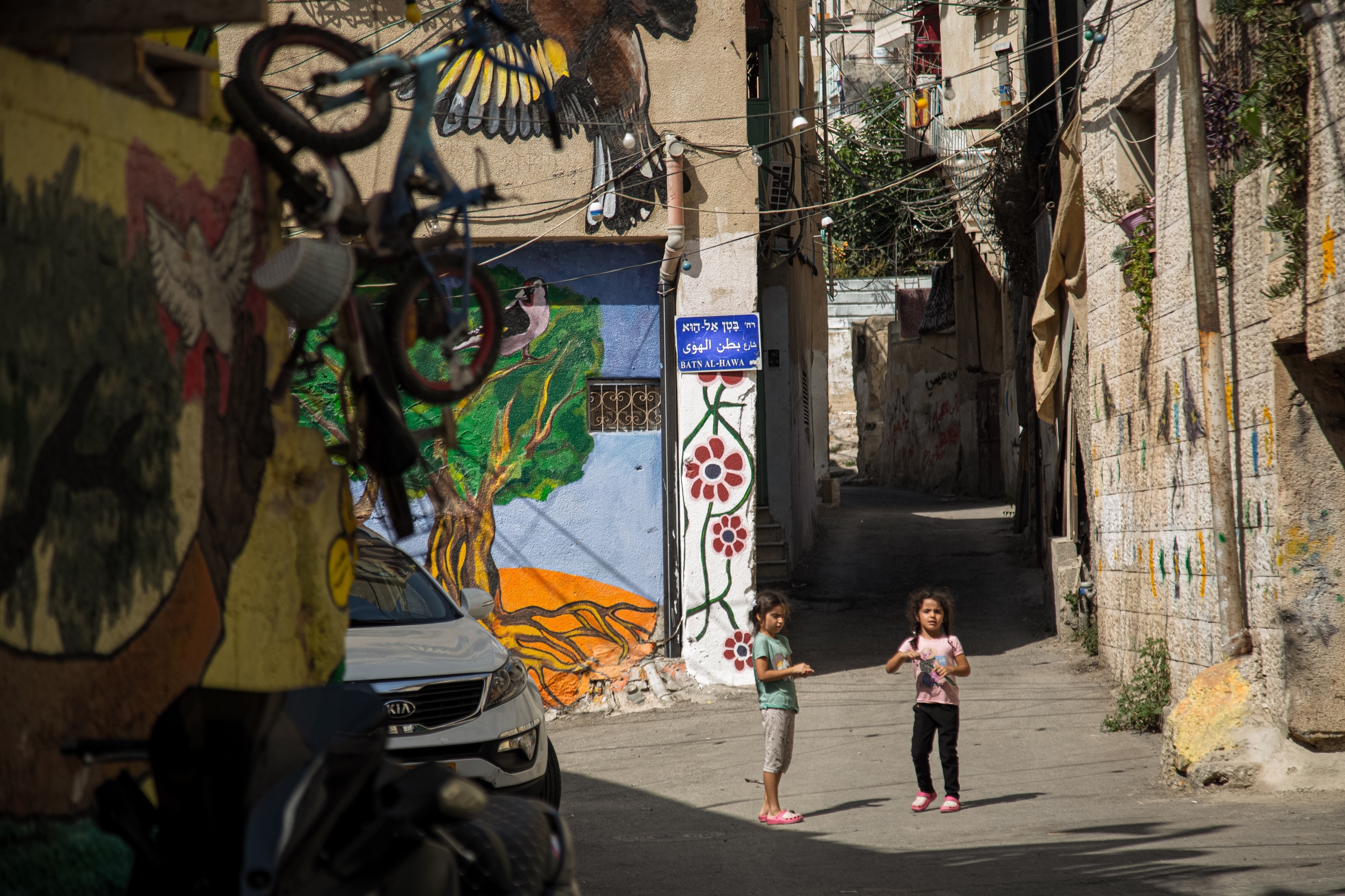
Hundreds of families in Silwan are facing the threat of expulsion, either through lawsuits or administrative eviction orders. Thousands of Palestinians will be affected.
Israel's control of East Jerusalem violates several principles under international law, which stipulates that an occupying power has no sovereignty in the territory it occupies and cannot make any permanent changes there.
As well as well-known activists and public figures being depicted in the murals, symbolic motifs have also been painted on buildings, including the tree of life, olive trees, birds and Palestinian poppies - each representing hope, resistance and Palestinian cultural heritage.

All the murals are made with paint and graffiti, injecting colour into the sand-coloured landscape.
Some have been painted by families, to illustrate their own personal struggle.
One of the paintings in the project, titled Eye of Um Nasser, was inspired by the eviction notice the eponymous family received in 2017 from the Ateret Cohanim settler organisation, which is backed by Israeli authorities.
The family is just one of many in occupied East Jerusalem trying to resist their imminent expulsion.
According to the Palestinian Central Bureau of Statistics, at least 228,000 Israeli settlers lived in the city as of 2018, in breach of international law.
“Our goal is to show and send a message through the images of these eyes,” Maswadeh said. “We see the crimes of the occupation and what the occupation is doing in Silwan.”
This article is available in French on Middle East Eye French edition.
Middle East Eye propose une couverture et une analyse indépendantes et incomparables du Moyen-Orient, de l’Afrique du Nord et d’autres régions du monde. Pour en savoir plus sur la reprise de ce contenu et les frais qui s’appliquent, veuillez remplir ce formulaire [en anglais]. Pour en savoir plus sur MEE, cliquez ici [en anglais].


